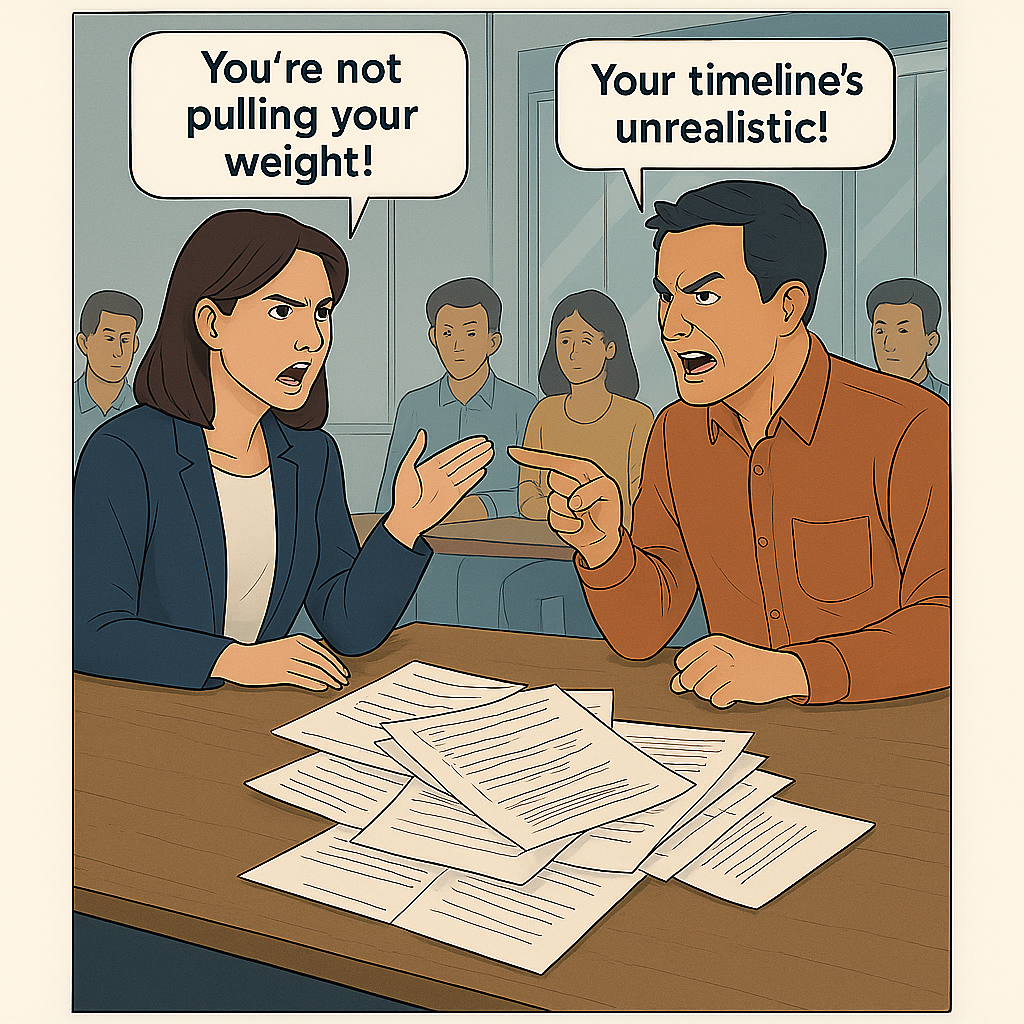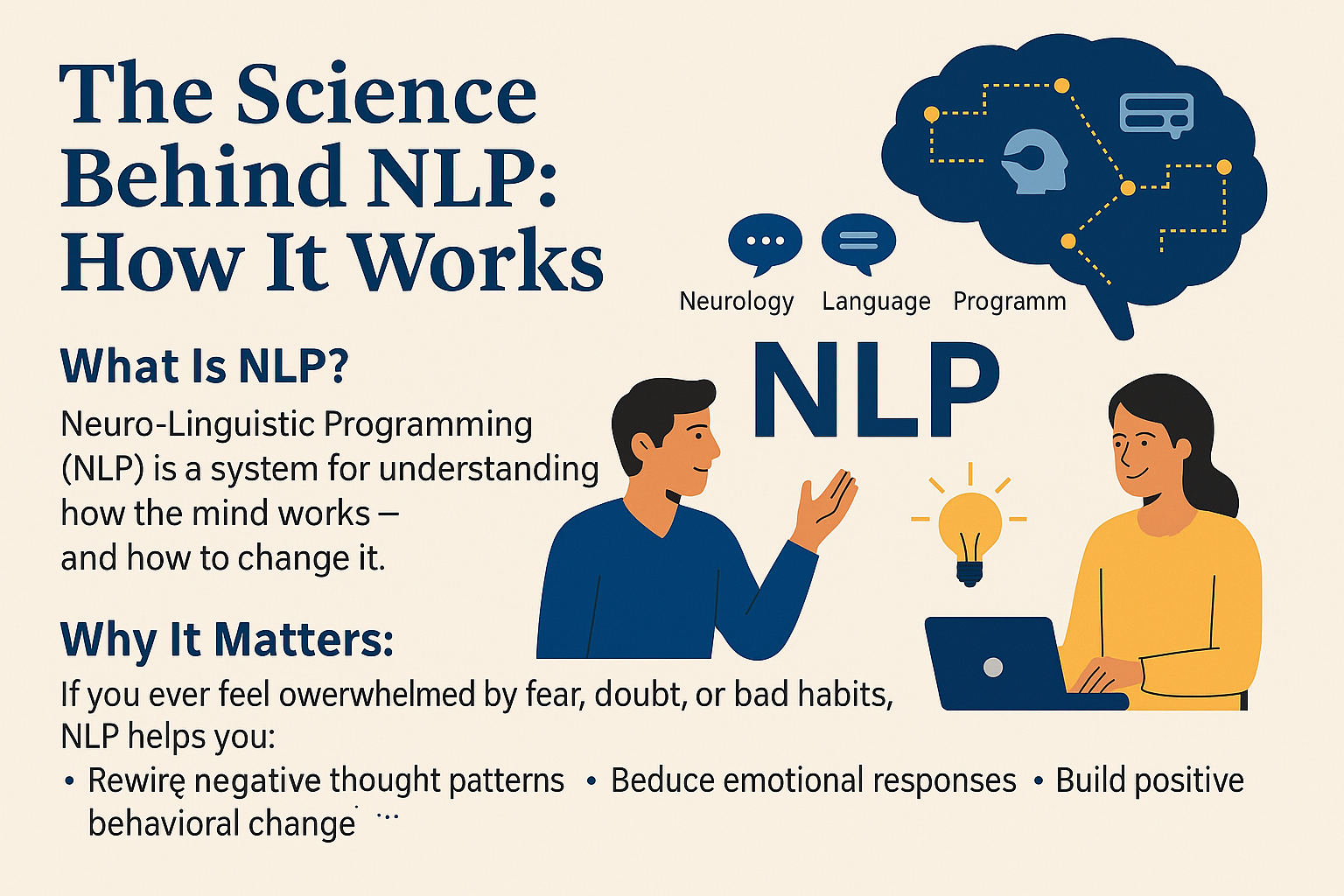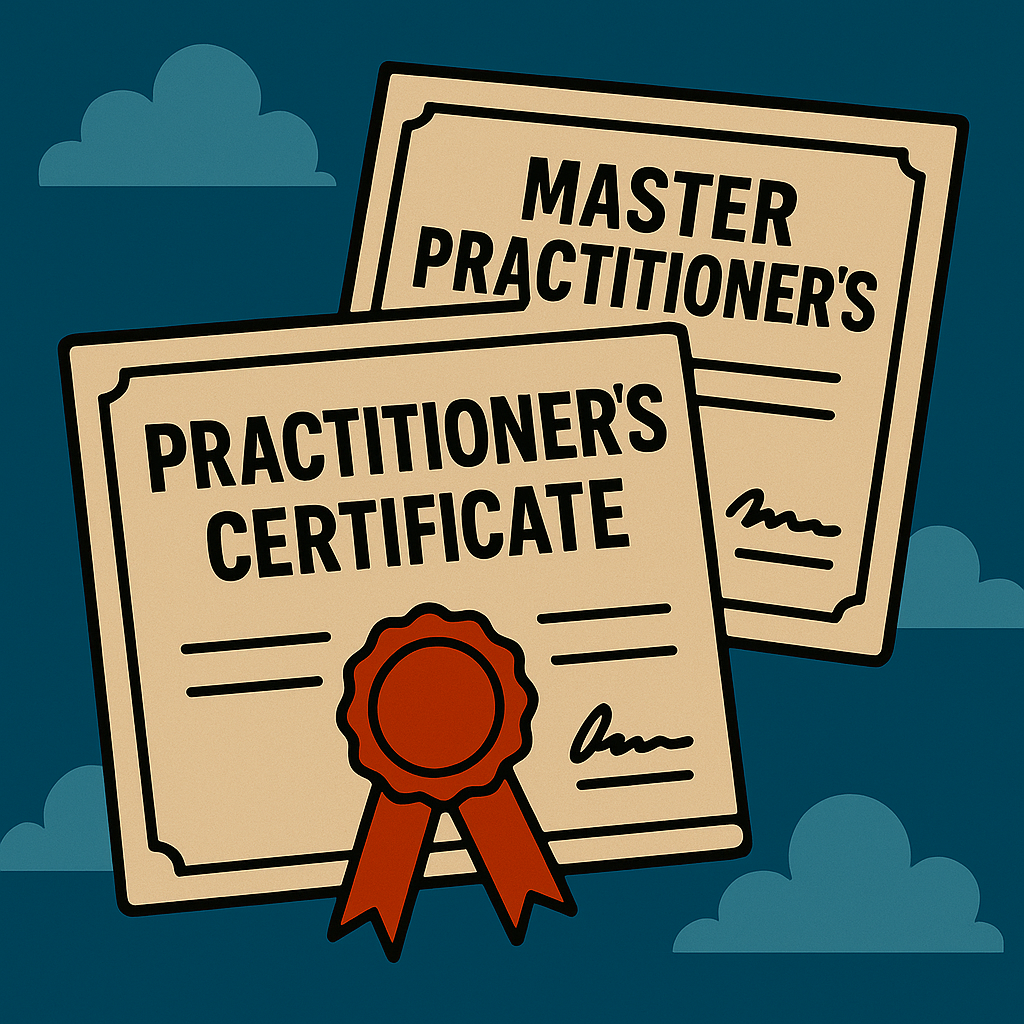
Resolving Workplace Conflicts Using NLP Techniques Part 2

The office air feels thick, like a humid Kuala Lumpur afternoon before a storm. You’re in a meeting, and tension crackles—colleagues clash over project deadlines, a manager’s sharp words sting, and unspoken grudges simmer beneath forced smiles.
In today’s vibrant, multicultural workplaces, conflicts like these—fueled by miscommunication, cultural nuances, or clashing egos—can erode collaboration, sap motivation, and dim team spirit.
But what if you could dissolve these tensions like sugar in teh tarik, turning friction into harmony?
Neuro-Linguistic Programming (NLP) offers a toolkit—Reframing, Anchoring, Perceptual Positions, and Rapport-Building—to navigate workplace conflicts with emotional intelligence and strategic finesse.
Let’s weave through a story of conflict and resolution, using NLP to light the path to stronger teams and personal growth...
The Storm in the Office
Meet Sarah, a 34-year-old project lead in a Penang tech firm. Her team’s latest project is behind schedule, and the air is heavy with blame. During a meeting, her colleague Ahmad snaps, “Your timeline’s unrealistic!” Sarah bites back, “You’re not pulling your weight!” Their voices rise, colleagues shift uncomfortably, and the team’s collaboration crumbles.
This—a snapshot of raw tension—mirrors many workplaces, where diverse perspectives and high-pressure deadlines amplify conflicts. Unresolved, these conflicts cost big: a 2020 CIPD study notes they slash productivity by up to 20% and fuel stress for 70% of employees.
Sarah’s not alone. You’ve felt it too—maybe a coworker’s comment hit a nerve, or a missed deadline sparked a feud. The problem is clear: conflicts stem from misaligned perceptions, not bad intentions. NLP steps in like a skilled mediator, using tools grounded in human psychology to reframe tensions, rebuild trust, and foster collaboration.
Here’s how Sarah used four NLP techniques to turn her team’s storm into a sunrise, and how you can too
NLP: Your Compass for Conflict Resolution
NLP is like a map, guiding you through the tangled jungle of human emotions and communication. Rooted in emotional intelligence and anthropology, it uses techniques like Reframing, Anchoring, Perceptual Positions, and Rapport-Building to shift perspectives and mend relationships.
Unlike traditional conflict resolution, which often feels like a Band-Aid on a deep wound, NLP dives into the root causes—misunderstandings, hidden emotions, or clashing values—offering fast, practical solutions for today’s diverse workplaces.
Let’s follow Sarah’s journey on how NLP transforms conflict into collaboration, sparking curiosity about its power for your own team.
1. Reframing: Turning Blame into Understanding
Sarah’s clash with Ahmad felt personal, but NLP’s content reframe helped her see it differently. Instead of “Ahmad’s attacking me,” she reframed it: “Ahmad’s stressed about the project’s success.” This shift, like adjusting a lens, revealed his outburst as a call for clarity, not a personal jab. Reframing uses logical reasoning to rewire emotions, fostering empathy.
• Try this: When conflict flares, pause. Ask, “What else could this mean?” Reframe a colleague’s frustration as a desire for a shared goal. Practice for 5 minutes after tense moments.
• Why it works: Reframing dissolves defensiveness, building emotional intelligence and opening paths to collaboration. A 2008 CPP study found 41% of workers gained better colleague understanding through conflict reframing.
2. Anchoring: Grounding Calm in Chaos
Sarah’s heart raced during arguments, her confidence wavering. Anchoring, an NLP tool, became her anchor in the storm. She recalled a moment of calm—like sipping cendol by the beach—pressing her thumb and finger together to lock in that peace. In meetings, this gesture steadied her, keeping her focused.
• Try this: Recall a calm moment. Pair it with a discreet gesture, like touching your wrist. Practice until it triggers calm instantly. Use it when tensions rise.
• Why it works: Anchoring taps your brain’s ability to recall positive states, boosting self-confidence and emotional resilience. Without it, stress hijacks your reactions; with it, you stay centered.
3. Perceptual Positions: Seeing Through Others’ Eyes
Sarah felt Ahmad was against her, but Perceptual Positions—stepping into another’s shoes—changed her view. She imagined being Ahmad, juggling tight deadlines and family pressures, then saw the conflict as a neutral observer. This revealed their shared goal: project success. Suddenly, Ahmad wasn’t the enemy but a teammate needing support.
• Try this: In a conflict, picture yourself as your colleague, then as an observer. What do they see? Spend 5 minutes daily to shift your perspective.
• Why it works: This tool, rooted in anthropology, builds empathy, aligning teams. “We both want the project to succeed, so let’s find a way together.”
4. Rapport-Building: Weaving Trust
Multicultural offices thrive on trust, but Sarah and Ahmad’s clash broke theirs. NLP’s Rapport-Building, using Matching and Mirroring, helped rebuild it. Sarah matched Ahmad’s calm tone and open posture in their next talk, creating a kampung-like warmth. He softened, and they brainstormed solutions together.
• Try this: Observe a colleague’s tone, posture, or word pace. Subtly mirror them in conversations. Practice 10 minutes daily in low-stakes chats.
• Why it works: Mirroring signals understanding, fostering trust and collaboration. “By connecting first, we solve problems faster.”
Sarah’s Sunrise
Sarah’s team transformed. Reframing turned Ahmad’s outburst into a call for clarity, sparking a productive talk. Anchoring kept her calm, letting her lead with confidence. Perceptual Positions revealed their shared goals, and Rapport-Building rebuilt trust.
Within weeks, their project was back on track, deadlines met, and team spirit soared. A 2008 CPP study backs this: 21% of employees saw higher team performance post-conflict resolution. Aisyah’s journey from clash to collaboration shows NLP’s magic.
Why NLP Fits Workplaces
Offices today pulse with diversity—different ethnicities and generations—making emotional intelligence key to navigating conflicts. NLP’s tools, grounded in human psychology, feel like a mamak chat: warm, practical, and quick. Unlike lengthy mediation, NLP works in minutes, perfect for busy professionals seeking self-improvement.
By addressing the ego’s hidden fears, it fosters healing and collaboration, aligning with our cultural value of harmony. A 2024 SHRM study notes that conflict training cuts disputes by up to 50%, boosting engagement.
A Brighter Tomorrow
Workplace conflicts are like storm clouds, but your team’s potential is the sun waiting to break through. NLP’s tools—Reframing, Anchoring, Perceptual Positions, Rapport-Building—are your rays, clearing tension with emotional intelligence.
As you navigate office storms, ask: What if one conversation could shift everything? What if your team’s next step builds a workplace that shines?
Curious to light up your team? NLP can guide you. Explore these tools at Ashton Training Academy and start weaving collaboration today.
Kickstart your journey with Ashton Training Academy!
Ready to understand how your brain really works—and how to take charge of it?
At ATAP, we offer:
> NLP coaching sessions to eliminate mental and emotional blocks
> Practical NLP workshops for professionals and leadership teams
> Corporate training programs to boost performance, mindset, and communication
We don’t just teach NLP—we help you live it.
Ashton Training Academy - Transforming thinking. Empowering Leaders. Healing the world.

Klang Office:
32, Lorong Angsa,
Taman Berkeley, 41150 Klang, Selangor
Subang Jaya Office:
39, Jalan SS 17/1A, Ss 17, 47500 Subang Jaya, Selangor
© Ashton Training Academy PLT ( LLP0003676-LGN) 1997 - 2023. All rights reserved.

